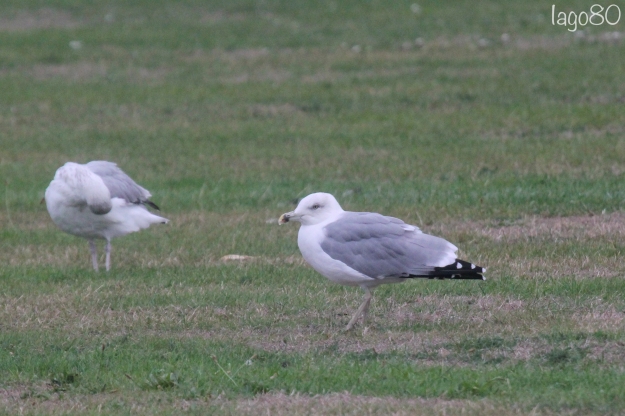I haven’t used black & white photography for quite a while. I tend to find it doesn’t lend itself to landscape photography for me (I’m not exactly Ansell Adams and nor am I generally taking pictures of such dramatic scenes), and it certainly doesn’t lend itself to the ‘art’ of record shot wildlife photography that is my speciality ;).
But on my most recent trip to the South of France, I gave it another go. There is always a fine line for relatively unskilled amateur photographers like me between a poor photo masquerading behind pretension, and a photo that authentically works in monochrome. I’ll let you be the judge of which side of that line I am on with these scenes from our home and the surrounding land.
The ruin

There are actually several ruins on the land, but this old farmhouse is the most substantial. The floor dimensions suggest this would have been a reasonably sizeable dwelling.
Another ruin

There are currently three homes in the remote complex, but a fourth building is now just a shell and largely used as a sheltered place to hang washing with only this delicate tree, currently in blossom, casting shade over it.
Another shell

The buildings aren’t the only things that have become retired shells on the land. I have seen photos of this car when it was on its ‘last wheels’ as a functioning vehicle 28 years ago. Now it is largely open to the elements, and being taken over with plants in the same way as the old ruined buildings.
The homes

Set in recovering, rewilding mediterranean maquis scrub landscape in a valley, the homes are now the terminus for a road (really just a track) that used to pass right through the valley.
The gate and path

The old road is now just a set of rocky paths, closed off from the homestead by an unintimidating old gate to keep the donkeys and horses away from any garden-grown plants and the track which eventually leads out to traffic and danger.
The other inhabitants

Currently two horses and two donkeys keep some of the nearest vegetation low, the paths navigable, and parched, damaged soil manured. They are not the only large mammals in the valley…
The misty mountains

Sometimes the sun scorches the valley, sometimes the wind blows through it like an industrial wind-tunnel, and sometimes mist clings to the hillside like a damp cloak. Sometimes ghost-like baritone bells can be heard invisibly from high-up in the hills as goats pass through. And deep, and normally hidden, in the misty scrub are the wilder inhabitants: wild boar, deer, and, I only recently found out, hare live in these hills.
The old trees

Much of the vegetation in the valley is relatively young scrubby growth recolonising the former agricultural land. On the top of the hills, much of the plant life is kept very short by the goats, but on the cliff edges, some ancient Holm Oak hold on, too gnarly and big and old to be under threat from goats, and bent sharply and precariously, and overhanging huge drops, from the wind that scours the land.
It is after steep climbs to visit these sentinels of the wild and walking in wind that return journeys are accompanied with a longing for the warmth of the open fire back in the house.
The fire

I took this photo in the knowledge that the slightly antiquated feel to the image absolutely accurately reflects the history of the fireplace. A place where we dry clothes today, and bath our baby in reach of the warmth from the flames in almost exactly the same way as will have been done for generation after generation in the same spot. The photo was taken with that most modern of devices: an iPhone, but the scene is not staged or fake; the fireplace really is as old as it looks.


















































